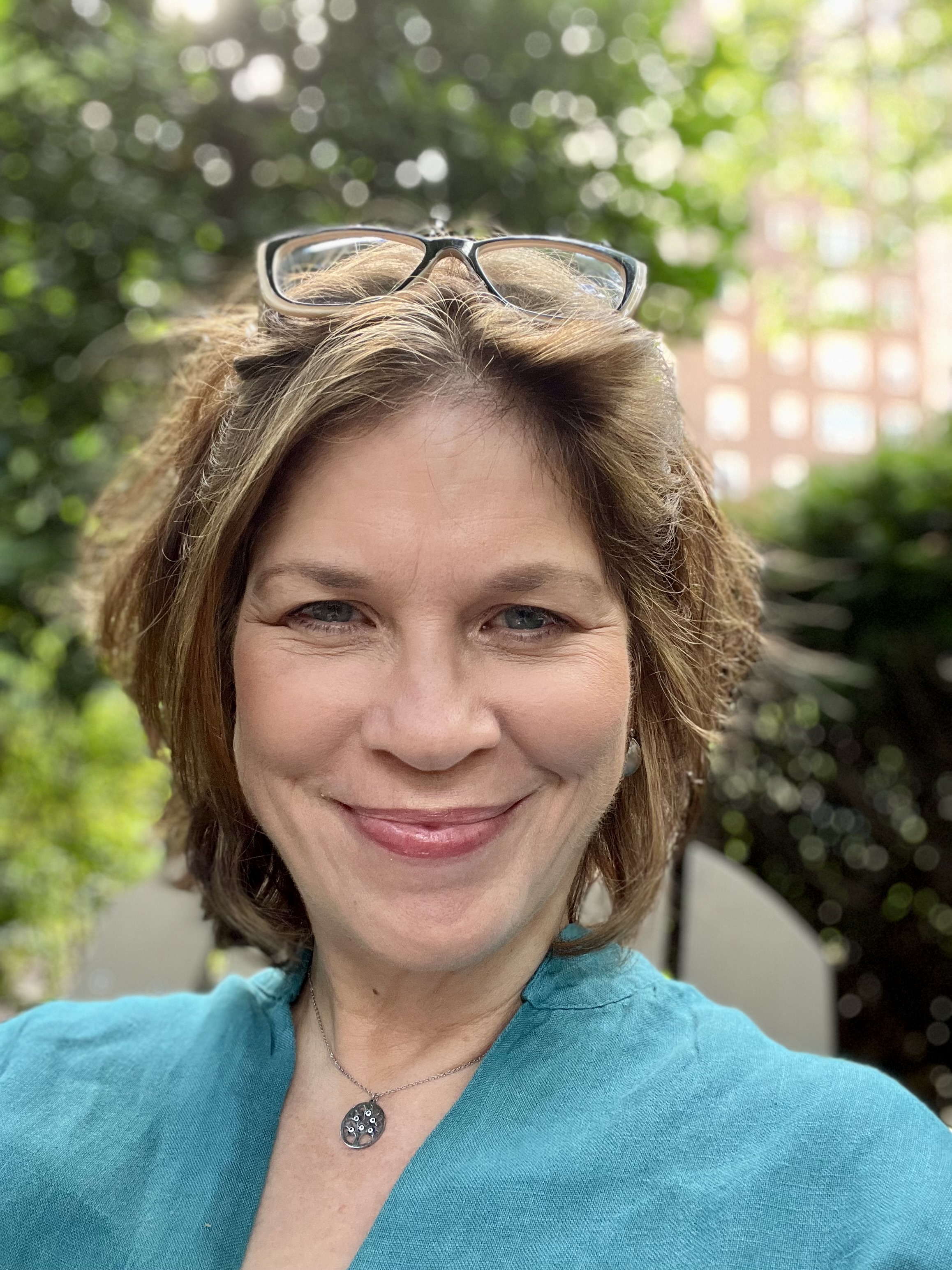Affiliation: Franklin & Marshall College

Alexis Castor is Associate Professor in the Department of Classics at Franklin & Marshall College, and holds her Ph.D. from Bryn Mawr College. Her area of specialization is the jewelry of ancient Greece and Italy, especially concerning how Greek and Etruscan elite classes in general, and women in particular, used jewelry to express their status. Her most recent publications include “Macedonian Lionesses: A New Paradigm for Female Jewelry Use (c. 325-275 BC)”, (Journal of Greek Archaeology, vol. 2, 2017), and More than Glitter: Jewelry in Greece and Italy (1st millennium B.C.E.), in progress.
Ornate jewelry and textiles are a hallmark of Etruscan craftsmanship and manufacture. Archaeologists have studied technical masterpieces in gold and the importance of textile manufacture. This lecture will showcase the wide range of evidence for how Etruscans selected dress for different occasions, how they distinguished social roles, and responded to other regional costumes in neighboring Italic and European peoples. We will see males use jewelry and dress in ways that defy gender expectations elsewhere in the Mediterranean and women who style themselves in Greek costumes. By considering how the Etruscans prepared their bodies and selected specific clothing and accessories, we can better understand how dress communicated an individual’s role in Etruscan society.
Gold necklaces, earrings and other jewelry made by ancient goldsmiths still attract attention today. Their expert manufacture, intricate detail, and lavish use of precious metal evoke images of glittering women and men, enriching our understanding of Greek and Etruscan costume. But what do we know about how and when men, women, and even children, used jewelry? I will discuss how people of all ages wore personal ornaments as protective amulets against harm, to show badges of office, to enchant, and to display wealth. Jewelry also served as wearable wealth that could be melted down in times of crisis. We explore ways that jewelry functioned as bridal gifts, heirlooms, and even played a role in espionage. Beyond the shimmer of metal, we will see that these ornaments served as a beautiful, practical form of personal wealth.